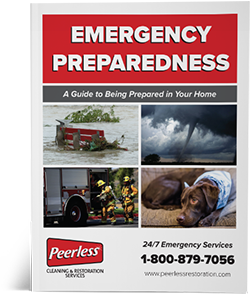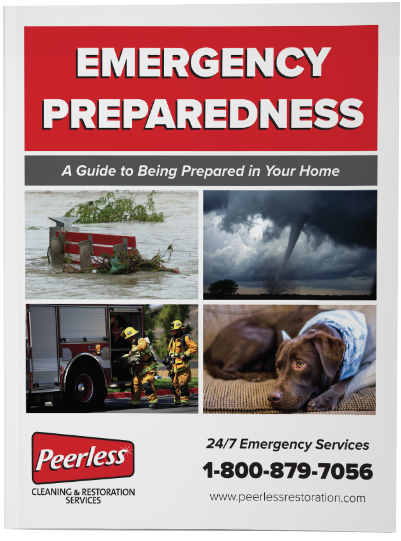The Importance of Disaster Planning for your Businesses
In today’s rapidly changing world, the need for disaster planning in businesses and organizations cannot be overstated. Natural disasters, cyberattacks, and unforeseen emergencies have the potential to disrupt operations and jeopardize the very existence of a company. A well-crafted disaster plan is not merely a precautionary measure; it’s a strategic imperative that ensures continuity and resilience.
The impact of a disaster on a business can be staggering. According to the Federal Emergency Management Agency (FEMA), nearly 40% of small businesses never reopen after a natural disaster. Additionally, businesses that do not resume operations within ten days following a disaster have a 90% chance of failing within a year. These stark statistics underscore the criticality of having a comprehensive disaster plan in place.
Key Components of a Disaster Plan
Risk Assessment:
Begin by identifying potential risks that could impact your business, including natural disasters like tornados, floods, or fires, as well as human-made threats like cyberattacks or supply chain disruptions.
Emergency Response Team:
Establish a dedicated team responsible for managing and executing the disaster plan. This team should include individuals with specific roles and responsibilities, such as a designated leader, communications coordinator, and logistics coordinator.
Communication Protocols:
Effective communication is paramount during a crisis. Establish clear channels for internal and external communication, including how to reach employees, customers, suppliers, and stakeholders. Ensure that contact information is regularly updated.
Evacuation and Shelter Plans:
Have well-defined evacuation routes and designated safe areas for employees and visitors. Conduct regular drills to familiarize everyone with the procedures.
Data Backups and Recovery:
Implement robust data backup systems to protect critical information. Develop a recovery plan to restore operations as swiftly as possible in the event of data loss.
Contacts:
Maintain a list of key contacts, including contractors, restoration professionals, insurance agents, and any other third-party entities that may be involved in your disaster recovery efforts. Ensure these contacts are up-to-date and readily accessible.
Disaster planning is not a one-size-fits-all endeavor. Each business is unique, and its disaster plan should be tailored to its specific risks, resources, and operational needs. The time and effort invested in creating a comprehensive disaster plan are an investment in the future stability and success of your business.
Remember, a well-prepared business is not only more likely to survive a disaster, but it is also better positioned to recover quickly and emerge stronger than before. Embrace disaster planning as an integral part of your business strategy, and safeguard your success against the unpredictable challenges of tomorrow.
Learn more about how to safe guard your business from disaster by speaking with a Peerless representative. We provide business owners a free Ready Action Plan (RAP), a digital disaster planning platform, to keep all of your information organized and in the palm of your hand.



